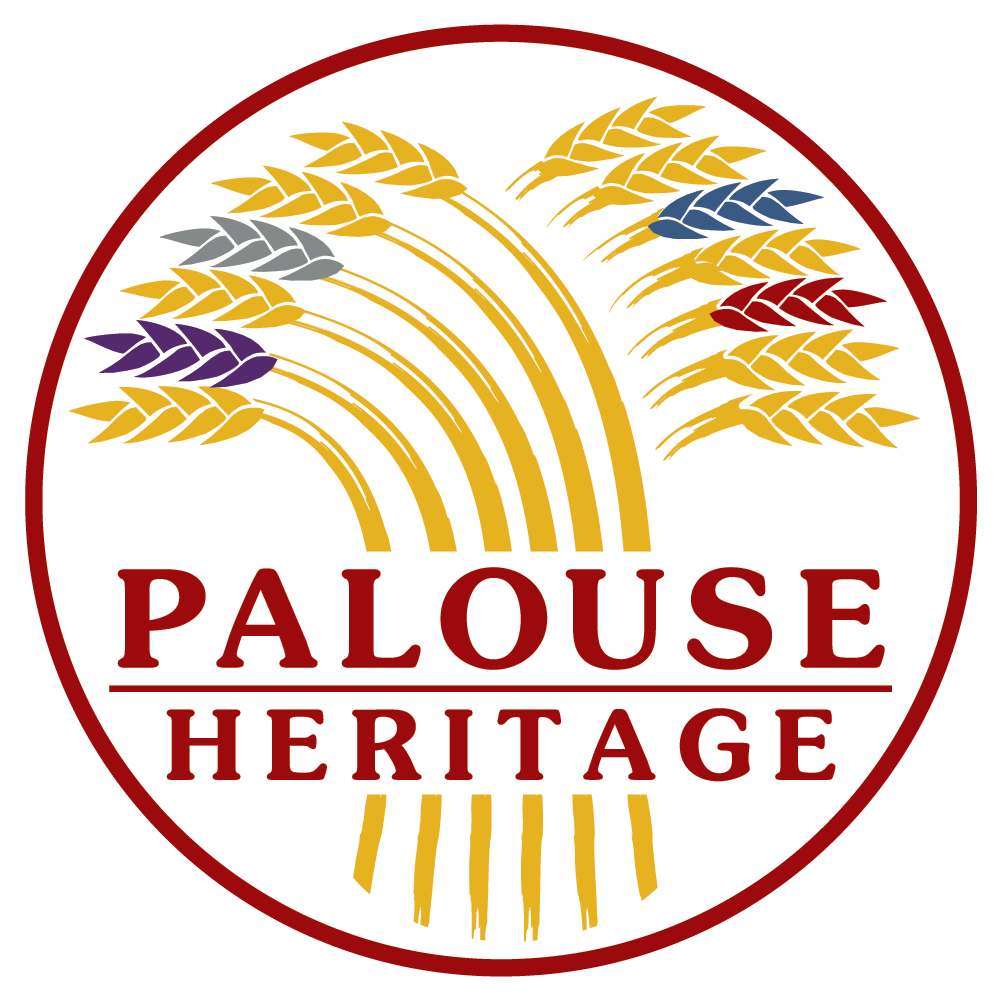My Personal Connection with Landrace Grains
Somewhere in one of the outbuildings on our small Palouse Country farm in southeastern Washington, our parents kept a scythe (pronounced sigh, or sithe) in semi-retirement. The old implement appeared only when barnyard grass and weeds needed to be cleared, or when Dad thought his two sons had unnecessary time on their hands. We didn’t have a tractor-powered sickle mower like some of our neighbors, though a thoroughly rusted reaper-binder from our grandfather’s day rested securely in the branches of a cherry tree on the hillside just above our house. The dilapidated contraption with wooden reel, drive chains, and sprockets was an object of endless boyhood fascination. Although the machine had been abandoned long before Dad took over the farm in the 1940s, he had somehow mastered the elegant art of binding sheaves for decorative use or for us to enter into the Palouse Empire Fair, which to this day still has grain sheaf competition.
Our old scythe’s serpentine handle seemed taller than I stood so was awkward to handle. But Dad could adjust the weathered grips, which he called nibs, and would offer refresher lessons in swath, rhythm, and sharpening before sending my brother or me out to battle formations of wheatgrass and Jim Hill mustard. “There’s a right way, and a wrong way,” was his familiar refrain while demonstrating many tasks like this one for our rural edification, and as if watching some peculiar country dance he showed how to keep the heel down with each measured step to avoid sticking the point of the blade into the ground.
Located between the small rural communities of Endicott and St. John, Washington, our place was deep in the Pacific Northwest’s Palouse Country—a legendary grain district known for steeply rolling hills and a favored destination for landscape photographers from around the world. I suspect farms like ours held in common with many others a peculiar geographic nomenclature necessary for communication about what had happened long before, or what needed to be done with scythe, hoe, or other tool. Far behind the house we had the Huvaluck (Hessian dialect for “Oat Hole,” from Hafer, German “oat”), Windmill Hill, and Spud Draw where our clan had planted potatoes in an endless furrow during the week of Good Friday for at least three generations. The head of the draw led over a narrow hill aptly named The Saddle. With only a half-section, our farm was small even by 1960s standards but there could be no doubt where we might be directed to tend a thistle patch or harrow or rendezvous with the combine to unload grain since so many named features existed on that tussled 320-acre half-section.






















